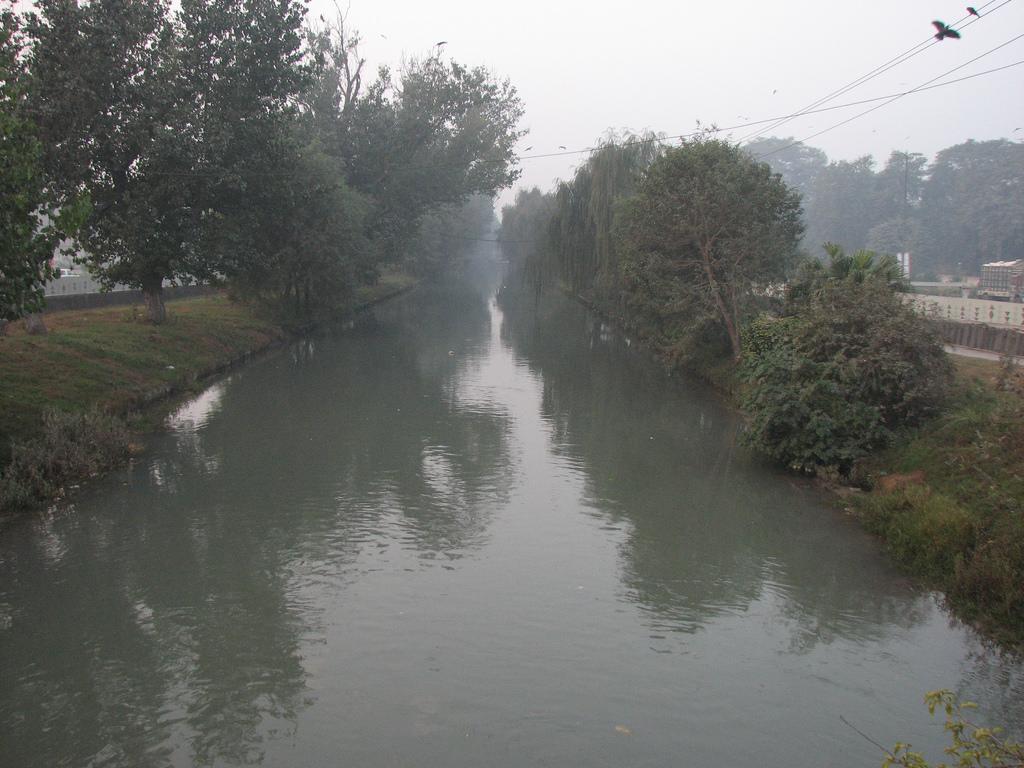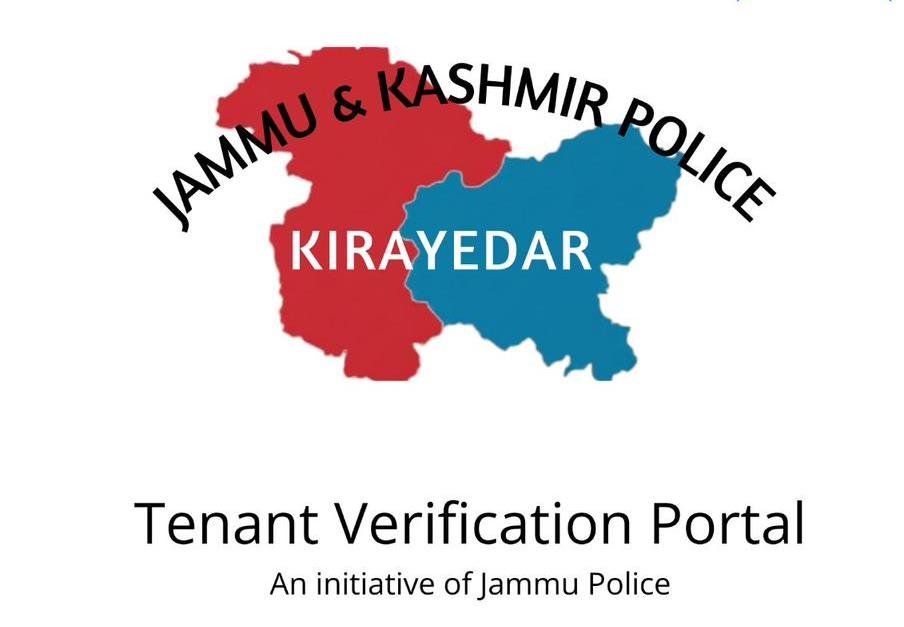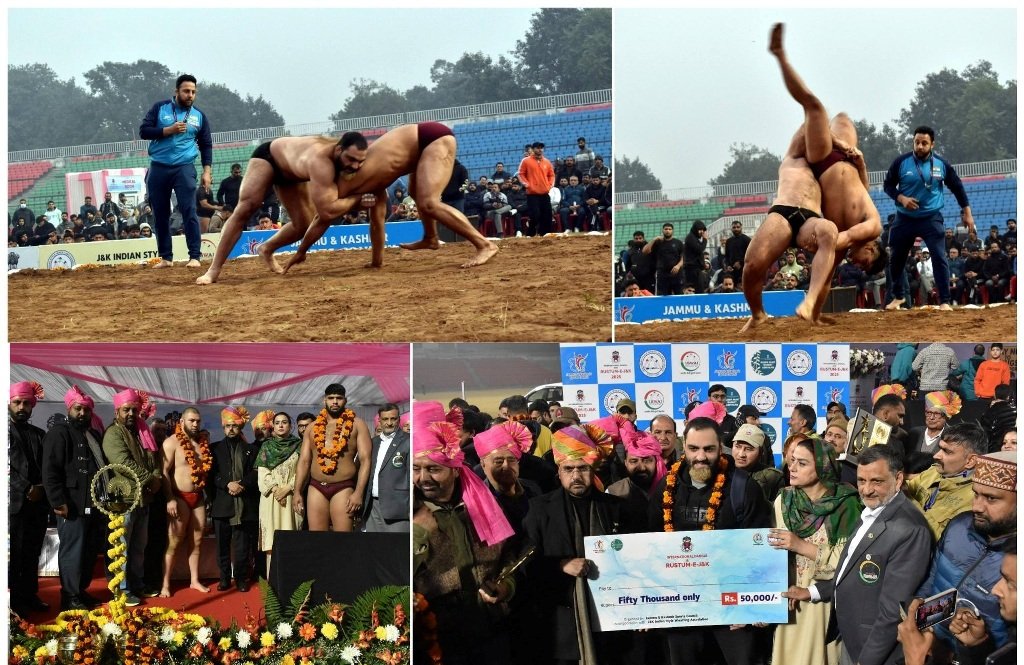Following the suspension of the Indus Waters Treaty (IWT) due to the Pahalgam terrorist attack, the Government of India is formulating major infrastructure projects to increase its share of water usage from the Chenab River. This includes a significant upgrade and Ranbir Canal expansion, a critical irrigation and water resource infrastructure in the Jammu region.
The Union Government aims to harness more water from the Chenab River, previously underutilized due to treaty restrictions. Currently, India uses around 900 cubic meters of Chenab’s water, primarily for irrigation and domestic use. However, with the treaty now in abeyance, India plans to maximize the river’s potential, especially for hydropower generation and expanding irrigation coverage.
Proposed Ranbir Canal expansion Plans
Increasing Length, Width, and Depth
The Ranbir Canal, a lifeline for agricultural lands across the Jammu region, is set to undergo a major transformation. According to online reports, the government is not only planning to increase the canal’s length but also deepen and widen its existing structure. These enhancements will significantly improve water flow, allow greater distribution capacity, and extend irrigation coverage to additional agricultural zones.
Areas to Benefit from Ranbir Canal Expansion
The upgraded canal is expected to benefit multiple regions, including:
- Akhnoor
- Mishriwala
- Kanha Chak
- Jhiri
- Gajansu Marh
- Miran Sahib
- Chatha
- R S Pura
- Marallian
- Bishnah
- Ramgarh
These areas, already dependent on canal irrigation, will now experience improved water supply reliability, helping farmers enhance crop yield and ensure agricultural sustainability.
Lift Irrigation Canal at Akhnoor in the Pipeline
In addition to upgrading the Ranbir Canal, the government is contemplating the construction of a Lift Irrigation Canal near Akhnoor Bypass, upstream of the new bridge on the Chenab River, close to Ghour. This project is aimed at delivering irrigation benefits to Gharota and Kote Bhalwal, areas that have long been in need of efficient water access.
Revamping Partap Canal for Higher Water Intake
Another focus area is the Partap Canal, which runs through the Akhnoor–Jourian–Khour belt. Authorities are exploring the possibility of increasing the canal’s intake capacity, which is currently undergoing a facelift. Although formal proposals have not yet reached the Chief Engineer of the Irrigation and Flood Control (I&FC) department, normal de-silting operations are underway. These routine activities help extend water flow to the canal’s tail ends, particularly in Bishnah and Suchetgarh.
Read also: Things to know about Ranbir Canal: Lifeline of Jammu
Boosting Hydropower Generation Capacity
Focus on Western Rivers
India is also looking at significantly enhancing its hydropower capacity, especially along rivers such as the Chenab, which were historically allocated for Pakistan’s use under the IWT. With the treaty in suspension, India is preparing a feasibility study to explore increasing its installed hydropower capacity, currently around 3,000 megawatts.
This strategic pivot includes extending the Ranbir Canal into newer territories like district Samba, which would not only serve irrigation purposes but also provide water channels for future hydropower projects.
Call to Expedite Infrastructure Development
Realizing the time-intensive nature of such infrastructure upgrades, stakeholders and departmental officials have been asked to expedite project planning and execution. The government is determined to accelerate the construction timelines to bring these plans to fruition swiftly.
Revisiting the Indus Waters Treaty: A Geopolitical Perspective
Signed in 1960 and brokered by the World Bank, the Indus Waters Treaty was a landmark agreement between India and Pakistan to regulate the use and distribution of the Indus River and its tributaries.
River System Classification Under IWT
- Eastern Rivers: Ravi, Beas, Sutlej (allocated to India)
- Western Rivers: Indus, Jhelum, Chenab (allocated to Pakistan, with limited use permitted to India)
India’s decision to suspend the treaty followed its assertion that Pakistan must irrevocably end support for cross-border terrorism before any reconsideration of the agreement can occur.
National Water Strategy and Security
The shift in India’s water policy—especially regarding the western rivers—is also being seen as a national security measure, aiming to strengthen India’s hydrological sovereignty. Experts suggest this move aligns with India’s long-term water management strategy to ensure food security, energy sufficiency, and strategic autonomy.
The proposed expansion of the Ranbir Canal, construction of new lift irrigation systems, and revamp of Partap Canal mark a significant leap in India’s water resource strategy. By increasing usage of the Chenab’s waters post-IWT suspension, India is not only asserting its riparian rights but also investing in sustainable irrigation, hydropower development, and rural empowerment.
This development promises a greener future for the Jammu region and sets a precedent for how India manages its rivers in the evolving geopolitical and environmental landscape.
















